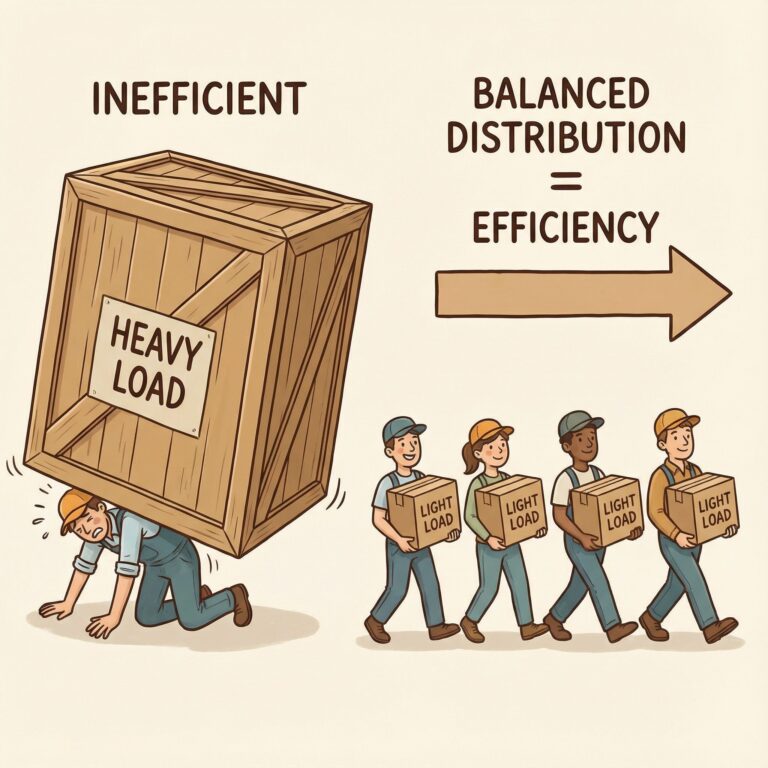How to Play Poker like a Pro
Math in Poker
To be great at poker, start by knowing pot odds and math chances. Top players have a strong grip on combinatorics and range making, which is key for smart plays. Where you sit and the best play theory (GTO) are main parts of pro poker. 먹튀검증사이트
Deep Strategy
How you handle money and check risks sets the best apart from the rest. Using safe ranges and keeping bluff levels right makes a strong play style. You need to use spot perks and see where others slip by watching them close.
Knowing Tells and Staying Calm
Getting good at seeing physical tells helps you play better. Staying calm and managing your mind matters lots in tense times. Mix hard skills with sharp minds to turn what you know into real wins.
Always Getting Better
True pros see each game as a chance to get better. Work on real plans that you can do again, even as games change. Get these things right to stay ahead and beat casual players.
Math and Luck in Poker
Basic Math in Poker
Poker math is the base of winning, knowing chance concepts helps when info is not full. Knowing these parts well gives you a big edge in games.
Work Out Pot Odds and Value
Pot odds show the key ratio of call cost to pot size. This math helps decide if choices make or lose money over time. Hand value—the chance you’ll win at the end—works with pot odds to make smart picks. When facing a $20 call into a $100 pot, you get 5:1 odds, needing at least 16.7% value to make a good call.
More Math Stuff
Spot perks and possible gains add depth to math in poker. Betting more as the game goes can turn okay spots into great ones. Hand possible counts – figuring possible hands an opponent might have – gives you key info to think on. Learning these top poker ideas builds a strong base for smart playing.
Main Math Bits:
- Working out chance
- Counting possible hands
- Value expected (EV)
- Risk and reward rates
- Looking at stats
Putting these math rules into your game means making money most times, no matter the game or bet size.
Seeing Body Clues and Tells
Know Poker Body Signs and Tell Signs: A Full Guide
Start With Normal Acts
Watching body language starts with knowing how a player acts when calm. By seeing what others do when cool, pros set a mark to spot big changes. Usual poker tells show best when you have something to compare them to.
Main Body Hints in Poker
Body moves without thought tell you lots at the table. Key hints are:
- Hand shakes or stillness
- How one breathes
- Small face moves
- How fast one bets
- Body signs like heart rate and eye size
Big Tell Clues
Many body tells at once give better clues in poker. Signs like shaky hands with fast breath and not looking right tell more than alone. Smart players sometimes act to trick, so knowing how skilled they are helps you see right.
Using Body Clues Well
Bringing body watching into play needs set watching and pattern knowing. Focus on:
- When they change how they bet
- Body moves without thought
- How they act under stress
- A few signs that back each other up
- How good they are
Best Play Theory (GTO)
Best Game Theory (GTO) Way in Poker
Getting GTO
The best game theory way is how you play perfect, worked out by tough math and computer checks. This top way makes play no one can use against you and gets the most value over time, letting you make picks no other can use, even if they know your plan.
Keeping Ranges and Mixing Moves
The heart of using GTO is keeping ranges perfect and mixing moves right. The best poker plan needs bet patterns that use both value hands and bluffs at just right levels. Modern poker tools help players find these best levels on all boards and stack sizes.
GTO Math Stuff
GTO poker ideas aim for the best math win over time, not just winning one hand. Main ideas are:
- Lowest defense often needed
- Best bet size
- Making ranges
- Keeping balance
- Even strategy
These main points make a math setup that works all the time. While perfect GTO play is still a theory, knowing and using these ideas really helps your game choices at the poker table.
Money Tips for Winning
Money Tips: Must-Knows for Poker Wins
The Basics of Money in Poker
Right money care is key for being a pro at poker. Keep at least 20 game buys for cash games at your level, and 50 game buys for contests. This safe room helps you deal with ups and downs while you grow your money.
Picking Where to Play
Smart game picking sets if you make money long-term. You need to step down in game size if your money dips under what you need. Going up to higher games should only happen after getting 30+ buys for the bigger game. Casino Withdrawals: Understanding
Keep Track of Money
Keep your poker money apart from day-to-day cash to really see how you do. Keep full track of:
- How much you buy in
- Cash out amounts
- Other costs
- How long you play
- Wins and losses
This deep tracking helps you see your win rate and make smart game picks.
Safe Play Rules
Use safe steps like:
- Stop loss limits of 2-3 buys at most
- Rules to take out wins over set highs
- Stick to set game sizes
- Check often how your money trend goes
These rules build a strong setup for long wins with careful money plans.
Play Spot and Table Ways
Know Your Play Spot and Table Ways in Poker
Why Your Spot Matters
Your table spot shapes your game, changing what you know and can do during each hand. Playing from the last spot, like the button, lets you see what others do before your turn. This smart spot use helps in knowing hands and making more money.
Play Your Spot Right
Early spot play needs a tight hand pick as you act first without much info. On the other hand, last spot play lets you try more moves that can pay off by:
- Clearer choices
- Using others’ weak spots
- Controlling the pot size
- Better bluff chances
Use Spot Changes
Table shifts a lot based on spots and how players act. Pushy players in last spots often rule over easy-going ones in early spots, making easy to use patterns. Pros use this by:
- Watching how spots change how you do
- Getting tougher against those not knowing spots well
- Changing plans based on where you sit
Smart watching and spot-based plans let players push up their win rate and own the table. Knowing these moves turns a simple idea into a strong tool in a smart player’s hands.
Mind Skills and Choices
Top Mind Skills in Poker: Making Great Picks
Base of Poker Wins
Mind skills stand as the base of being great at poker, shaping how you use your know-how when it counts. Smart choices and staying cool turn okay players into steady winners, giving you the edge. How you think links close to picking the best moves, making or breaking your poker game.
Key Mind Parts for Top Play
Control Being Tilted
Pro poker players have clear ways to see when they might lose cool and how to calm down. Handling tilt stops emotions from messing up choices, keeping play quality high during tough games. Taking breaks and using mind tricks are key to stay balanced.
Think It Through
Smart poker ways need deep thought at every choice point. Value guesses and chance checks are the main bits of playing for money. Players should grow clear plans to look at hands, using both math and the situation.
Change as You Go
Changing how you play is a must to win these days. A full choice plan should think on:
- How spots change
- How many chips you have
- What others tend to do
- How the table shifts
Mind strength work-outs through set tasks make focus and sharp picks stronger, especially during long plays. This set way to build mind skills makes sure you do well, no matter the game.
Smart Bluff Moves
Top Bluff Moves: A Full Guide
Basics of Top-Level Bluffing
Mind skills and smart fake-outs set apart the best in modern poker. This guide shows sharp bluff ways that push how much you can use them while keeping bluff levels safe.
Key Smart Bluff Ways
Double-Barrel Bluff
Double-barrel bluffing works best on plain board set-ups when others show limited hand ranges. Keep betting after the flop and add pressure on the turn to make others fold and use what they tend to do.
Polarized 3-Bet Bluffing
Learn pre-flop 3-bet bluffing with a range that splits, picking hands that can fold to big comebacks well. Keep bluff levels right by mixing both value hands and smart bluffs in your 3-betting range.
Clues on Timing and Blockers
Using Timing Tells
Spot and use timing tells by seeing set acts. Smart bluffing works well when you pick spots where others often fold as expected.
Bluffing with Blockers
Use blocker effects when you pick bluff hands. Having cards that stop others from having strong hands ups bluff win rates and makes you seem more real.
Changing Bet Sizes
Change bet sizes based on board set-up:
- Bigger sizes on mixed boards
- Smaller sizes on plain boards
- Keep risk and reward right
- Stay true to your range

